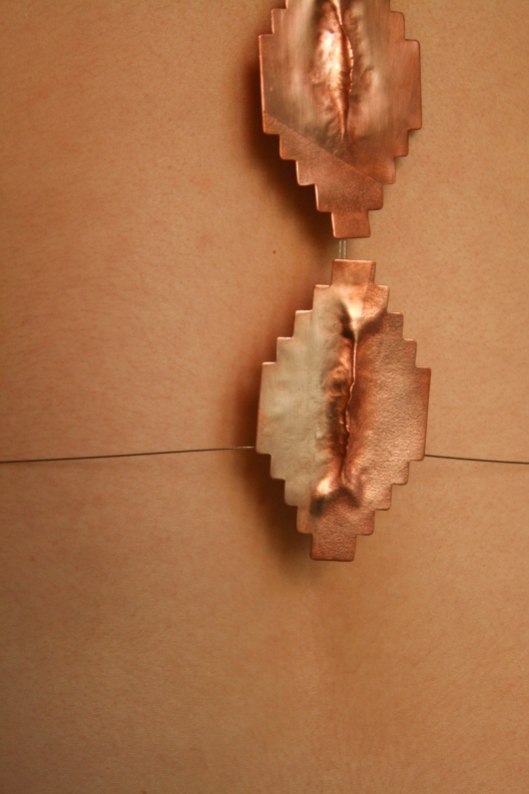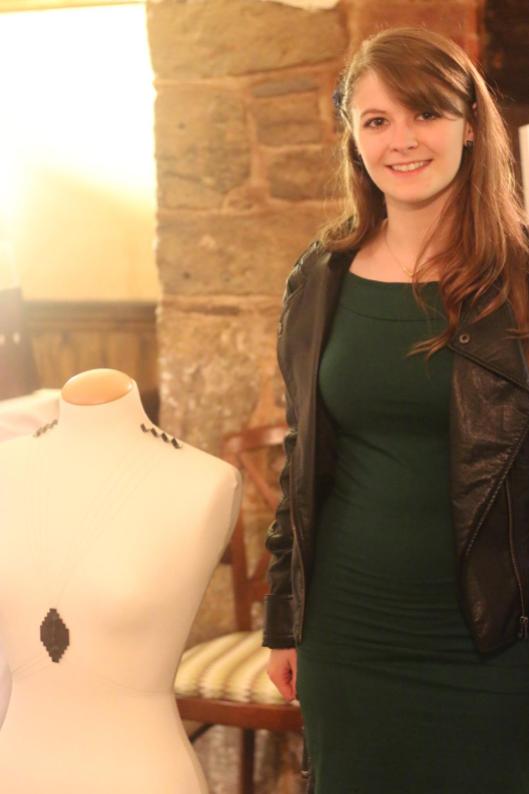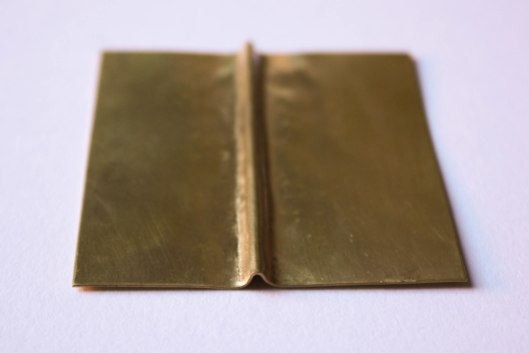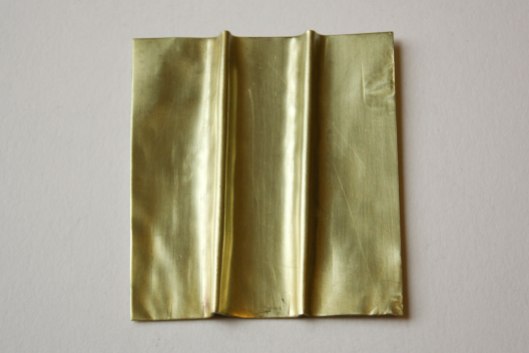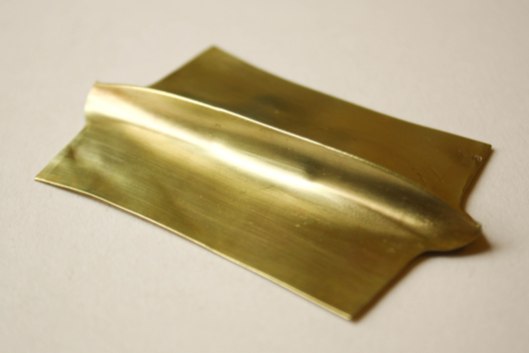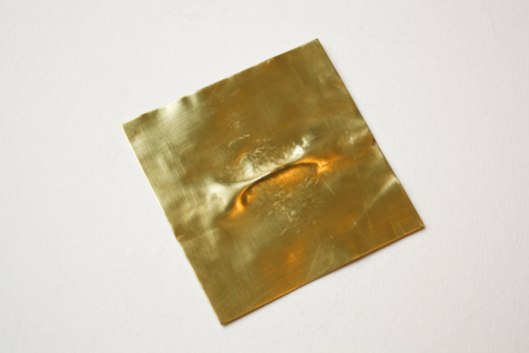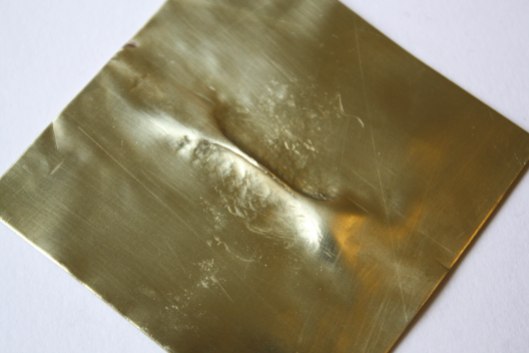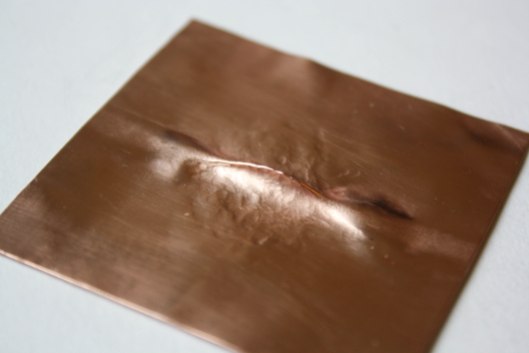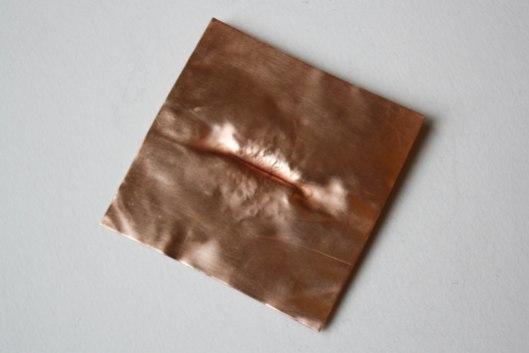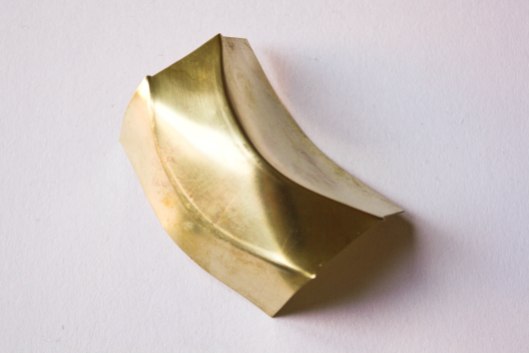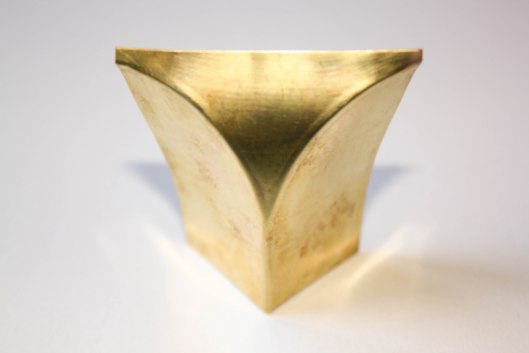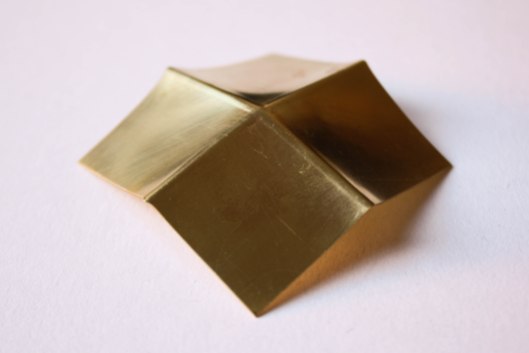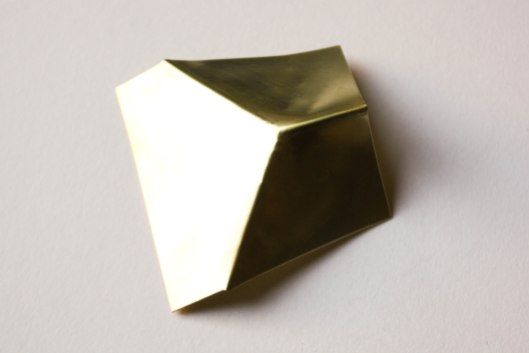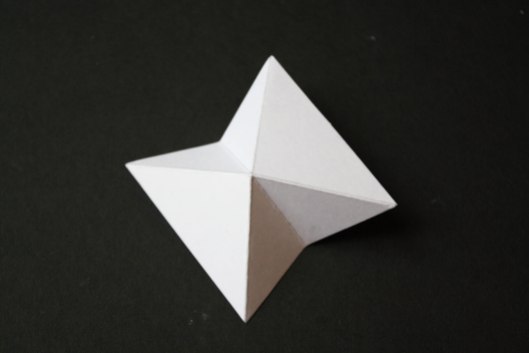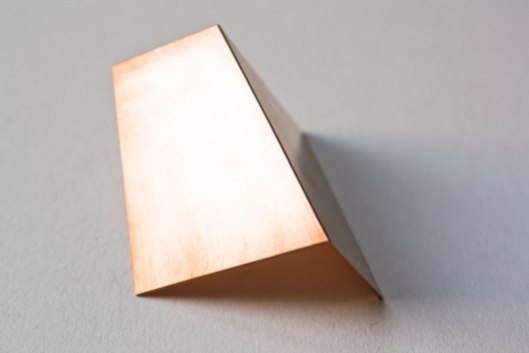Hello and Happy New Year.
This is my first time writing a blog post in over a year and it is also my first time posting on my blog at it’s new location on my website.
(If you followed my blog as it was before – hduncancreations.wordpress.com – please note that whilst it is still currently active I will no longer be posting on it. Instead you can continue to follow me here. Please subscribe.
You can also follow me on my Facebook page: www.facebook.com/HannahDuncanCreations)
A lot has happened since I wrote my last post – including me completing my degree. Therefore, today’s post will give you a brief overview of the highlights of my past year.
In March my classmates and I exhibited some of our work in De Koffie Pot, Hereford. Below is my display.

If you followed my blog before you may have noticed a considerable change in my work since the 2nd year of my degree. Over this past year I have developed a love for enameling – this photo shows the beginnings of my experiments with it as part of my work based on a coastal area of Scotland.
I developed my enameling skills and designs over the next few months to achieve my final outcomes for the degree show. The show was held at Hereford College of Arts in June.

After the stress of all my deadlines was over I was very excited to be able to take part in an enameling workshop run by Elizabeth Turrell.

Then at the end of June some of us packed up our degree work to take to London for New Designers. It was a bit manic but well worth it!

On July 22nd I finally graduated!

I had a less than perfect college experience, especially in this final year, but I am very proud to have completed my degree and particularly proud of the 1st I received for my dissertation ‘Identity Crisis: What is Contemporary Jewellery and How Do We Define it?’.
At the degree show I was awarded the opportunity to exhibit with the Gloucestershire Guild of Craftsmen. The exhibition was held at the Town Hall in Chipping Campden in August. It was a great success and I received lovely feedback.

To top it all off, in October I found out I had been chosen as runner-up for the Guild of Enameller’s Bursary Award and because of this I now have an image of my work published in the current issue of Craft&Design magazine.



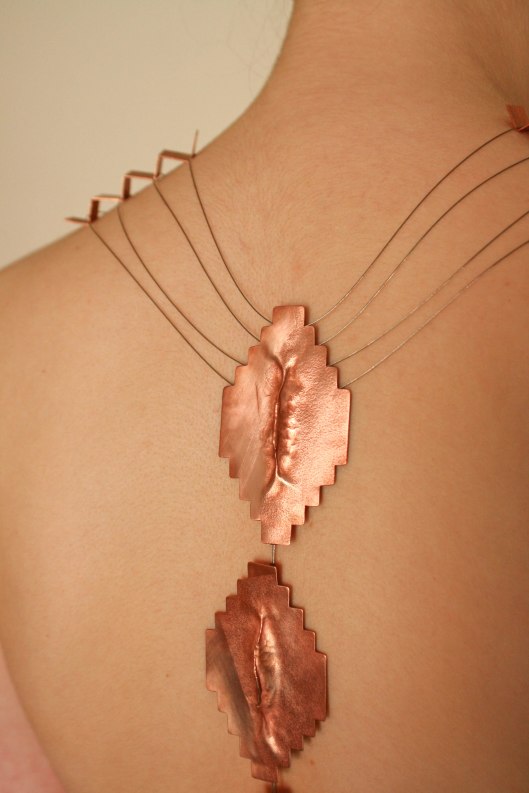 The shapes I have used are based on the Stepwells of India.
The shapes I have used are based on the Stepwells of India.
